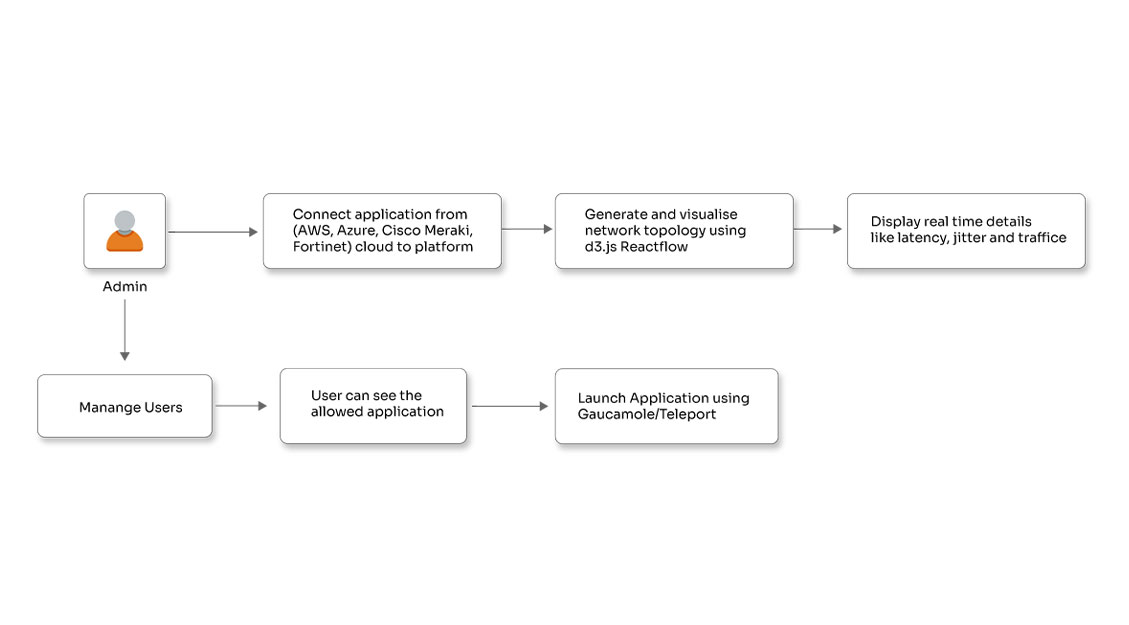Augmenting agile with code ownership

Posted By
Chaitanya Jawale

I always say that ownership and accountability are the keys to organizational success. The same applies to your product development practices, particularly in the context of code ownership in agile. Ownership defines the rules and duties regarding an object. Likewise, Code Ownership determines the roles and responsibilities of the person who wrote the code. However, more significant code artifacts are usually composed by multiple engineers contributing to the same entity over time through a series of changes. In such a scenario, it may become difficult to identify and maintain ownership. With multiple contributors with diverse expertise and skills, it may become difficult to maintain the standard. It is obvious that a lack of knowledge about code can affect its quality. Human factors play a significant role in the quality of software components. In such cases, ownership acts as a critical aspect of large-scale software development.
What is the criteria for selecting code owners
While you choose people as code owners or a team to act as code owners, it is imperative to have people with specific criteria. These criteria may include - level of expertise in that particular coding language or the platform, knowledge of the semantics & design of the components, communication & coordination, etc. Based on these criteria and the level of ownership, we can differentiate ownership into three broad categories. Let's see what these categories of code ownership are:
- Strong code ownership: This category splits the code base into modules and assigns each module to an individual developer. The owner of a particular module can only make changes to the module they own. If developers want to make changes to other modules, they need to ask the module owner for authorization.
- Weak code ownership: Like strong code ownership, the codebase is also split into modules and assigned to individual developers in this category. Developers can make changes to other modules they may not own with the authority of that module owner. Developers are expected to take responsibility for their modules and monitor the changes made.
- Collective code ownership: Irrespective of the idea of assigning each module to individual developers, this category gives the responsibility of code to the whole team. Collective code ownership allows the entire team to change the code, including refactoring or rewriting code. The whole team is responsible for the quality and integrity of the code.
How to choose the right code ownership model
Choosing between the three categories of Code Ownership can never turn out to be a straightforward decision as they have their own pros and cons. However, making one person/entity the owner of the entire code can be an unhealthy practice for any organization. With only one person owning the code and responsibilities, there will be problems such as coordination, communication, authorization, delays, vulnerable team spirit, delivery, and costs. When one person takes charge of the whole code, knowledge is limited to that person, and dependency can turn into a problem in the long run.
What are the benefits of collective code ownership
Collective Code Ownership can bridge barriers within the organization and a particular team. In Collective Code Ownership, everyone shares the responsibility of the code, driving more teamwork, enhanced communication and knowledge sharing, and cultivating team spirit. This is what makes true agile teams. It will help bolster accountability without affecting productivity.
Role of code ownership in accelerated debugging
The agile and accelerated development processes need engineers to be fast and efficient in fixing coding errors to achieve the desired quality. However, with the traditional approach to debugging, maintaining performance quality becomes a challenge. There are multiple teams working from a single code base. While working with larger teams, communication and coordination seem to be imperative. Each team has a different unique issue tracker to monitor errors or use different channels to collaborate efficiently. This causes silos between the teams and limits knowledge sharing and communication between team members.
Impact of developer collaboration on software quality
The developer's contribution behavior rigorously affects software quality. Inefficient collaboration and alignment between various engineering teams make it difficult to locate and fix errors. To be precise, this process disrupts coder's efforts and slows down the process of fixing errors. On the other hand, adopting code ownership facilitates a faster and more leisurely approach to debugging. The concept of code ownership breaks the codebase into different modules and assigns ownership to responsible entities. This way, only the owner of that particular module would be responsible for the error finding and debugging, eventually saving individual and uncoordinated efforts. Code ownership makes it easier to respond to issues, facilitates cost and time-effective operations, and lets developers prioritize their work. To streamline your development processes and enhance team collaboration, explore our DevOps and SRE services, which empower agile teams with tools and practices for efficient code management and reliable software delivery.
Strategic importance of code ownership
The concept of code ownership emphasizes that selecting the right person or team to take responsibility for the code is crucial. Code ownership can be managed by modifying policies and processes to detect and fix bugs, facilitating enhanced software quality. Managers and team leads can make better decisions about the governance of a project. Thus, if an organization wants to be truly agile, code ownership is a powerful approach to accelerate debugging and deliver a superior end-user experience. Whether you need support implementing code ownership or assistance optimizing your development processes, contact the experts at Opcito to get your work done efficiently. Effective debugging starts with robust testing. Learn how our QA and Test Engineering services can help you catch errors early and maintain superior software quality through automated and performance testing.




















